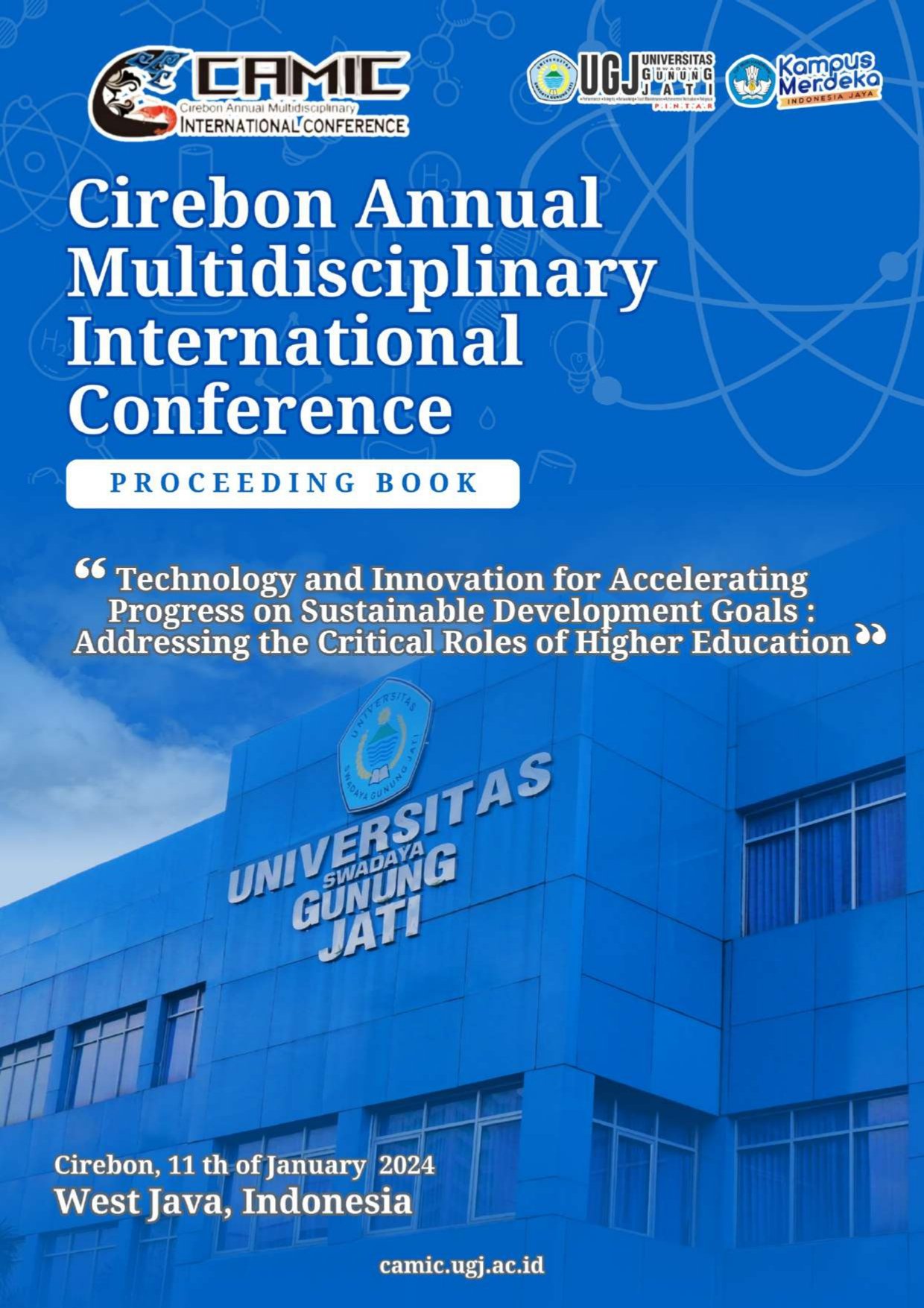IDENTIFICATION OF KEY SUCCESS FOR LAND CONSOLIDATION FOR DEVELOPMENT PURPOSES: IMPROVING THE QUALITY OF THE ENVIRONMENT IN KUNINGAN DISTRICT, WEST JAVA, INDONESIA
Keywords:
Land Consolidation, Community, Development PlanningAbstract
In general, land consolidation aims to reorganize land control by the community to create a better use of environmental conditions. This can take the form of adding or arranging public roads, green open spaces, and plots of land belonging to the community to create a higher-quality residential environment. Each land owner will donate part of their land for public facilities such as arranging or widening roads, adding green open space, etc. Of course, this will reduce the area of land previously owned. However, the land owner will receive back his land donation contribution in the form of an increase in the selling price of the land, potentially providing better benefits or profits. This process promises a more sustainable and prosperous future for all involved. The research method employed was a rigorous qualitative descriptive approach, which involved a comprehensive explanation and analysis of the results, all based on the established land readjustment regulations. The data used were primary, gathered through interviews and observations, and secondary, in the form of text and geographic data from state governments. This meticulous approach ensures a robust and reliable research process, instilling confidence in the validity of the findings. It's important to acknowledge that implementing Land Consolidation is not without its share of challenges and potential problems, which can sometimes lead to delays or even failure to achieve the desired targets. However, by understanding and preparing for these obstacles, we can work towards more successful implementations in the future. This reassurance should inspire optimism and hope for the future of land consolidation—even failure to achieve Land Consolidation according to the target. The experience of unsuccessful Land Consolidation is an essential lesson in developing the implementation of Land Consolidation. Based on these conditions, it is necessary to study obstacles and problems to learn further lessons. Collaboration between communities, village officials, agencies, and other related parties is needed to carry out KT voluntarily, donating land for development.


